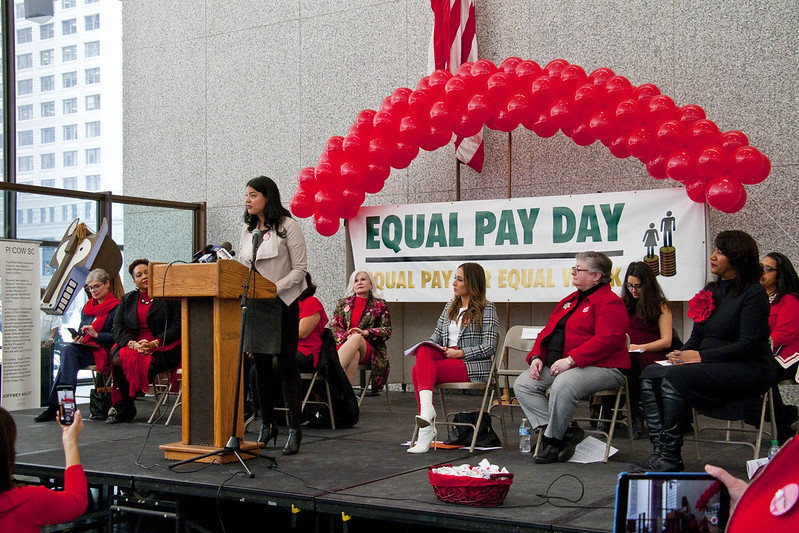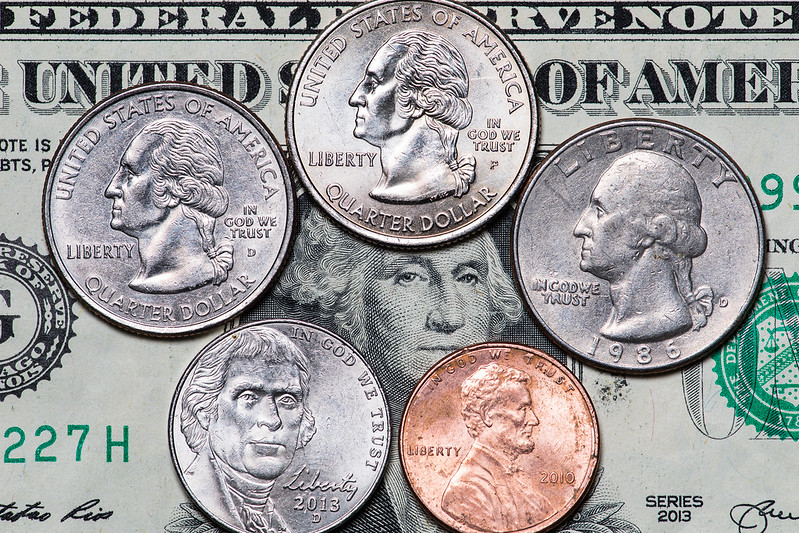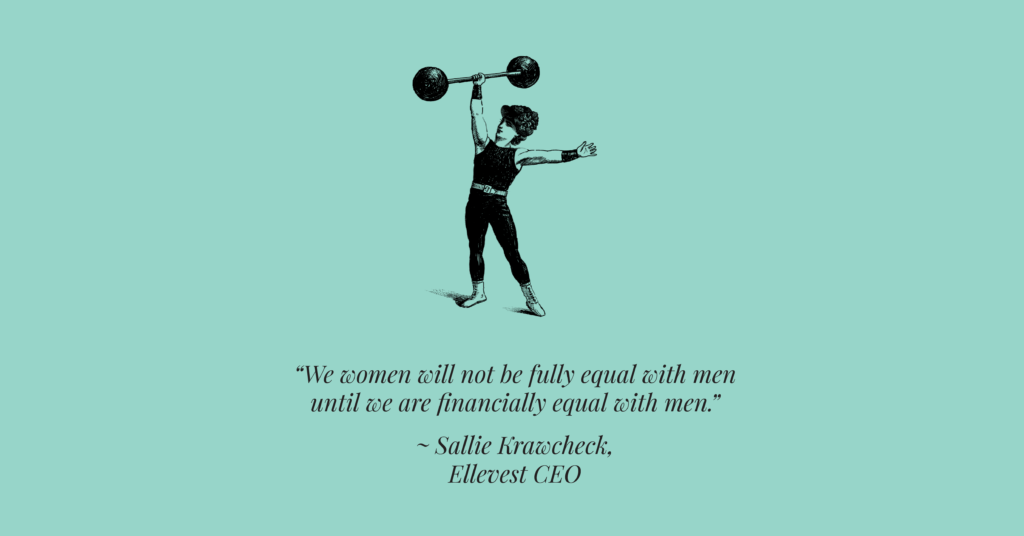
Over the past half a century, women’s participation in the labor force has grown significantly—leaving more money in their pockets.
But women’s financial literacy hasn’t followed the same trajectory—leaving gaps in women’s knowledge about how to handle, invest and take care of their financial assets.
Known as the “secondary gender wage gap,” this gendered financial literacy gap negatively impacts women, constantly stifling their financial well-being.
“When women shop, it’s seen as being frivolous, but when men spend similar sorts of money on big purchases, they’re ‘investments,’” said Anne Boden, CEO of Starling Bank who launched a new campaign entitled Make Money Equal to bust the common myth of the frivolous female spender.

Women make just 81 cents to the dollar when compared to their male counterparts—this phenomenon is known as the gender wage gap.
For women of color, the situation is far worse: Black women make just 61 cents on the dollar, Native American women make 58 cents on the dollar, and Hispanic women make just 53 cents on the dollar. Women with bachelor’s degrees make on average $26,000 less per year than men of the same status.
In fact, in opposite-sex marriages, Women making more than their male partners—even just $5,000 more a year—increases the likelihood that they’ll divorce, a 2015 University of Chicago study found.
Moreover, women often “woman down”: When women were the bigger earners, both husbands and wives underreported her earnings and inflated his. This data, according to a recent U.S. Census Bureau report, suggests couples might find it shameful when women are the breadwinners.
From a young age, women are told to not talk about money. We are told that money should be dealt with by men—while men are taught to control money as a form of power and masculinity.
In fact, according to a study by UBS, only 23 percent of women globally are in charge of the long-term financial-planning decisions for their household.
These notions around money, ingrained since childhood, continue to follow women throughout adulthood. With less money due to the gender wage gap, women need to maximize their wealth.
Yet without financial literacy, they have little ability to do so, resulting in higher interest rates; a lack the confidence to be in control of their household finances; and lower rates of investing creating an unbalanced and often detrimental situation for women.
Women’s financial literacy, or lack thereof, affects their participation in the stock market and the amount that they can grow their wealth.
According to Merrill Lynch, twice as many women than men have no money in the U.S. stock market. And 41 percent of women, compared to 28 percent of men, say their biggest fear in relation to the stock market is “not knowing what they are doing —not market volatility.
Moreover, according to the CDC, women live longer—making their lack of investments even more grave when it comes to the amount of money they have for retirement. This is only compounded by the fact that women are more likely than men to live in poverty.
Educating women about finances could change the game.
Without financial education, women lack the autonomy to invest and utilize their money.
Moreover, women’s financial literacy is actually regressing by generations. According to UBS, Baby Boomers and Generation X women had higher levels of financial literacy when surveyed when compared to millennial women.
Similarly, the share of women who are the main breadwinner for their households has also decreased: In 2013, 60 percent of women reported being the breadwinner of their households, compared to 47 percent in 2016 and 38 percent in 2019.
The amount of women who are the financial manager in their household has similarly regressed from 53 percent in 2013, to 51 percent in 2016 and 47 percent in 2019.
Not only do women make less money than men, but they are retaining less money than before. We are moving in the wrong direction. Women must take control of their financial assets and be valued as people who can be in control of their financial future.
While women’s position in society has improved due to social structural inequalities fueled by sexism and patriarchy, women—even college-educated women—lack financial literacy.
This holds serious consequences for women, especially for those who suffer from domestic violence, sex trafficking or any other form of oppression where they could be manipulated by finances: Without financial literacy, women have few options to escape oppressors and gain independence.
The result of the financial literacy gap is a structural one fueled by sexism. Studies show that women actually want to be more educated about finances but have lacked opportunity.
According to a study, 57 percent of women said that they wished they were more confident in their financial decision-making, but have not received the opportunity.
When women are forced to deal with finances, such as in a divorce, their confidence in feeling financially secure rises the longer they have been divorced. When women are married to men, the world continues to tell them that they aren’t valued and don’t need to control money. Women need to be taught that they deserve to understand and be in control of their financial well being.
The “secondary gender wage gap” constantly blocks women from holding wealth. As women gain more undergraduate and advanced degrees than men, they carry more student debt; with more student debt, women need to get the most out of their money. Women have more student debt and less money because of the gender wage gap—yet don’t know how to use their money to the fullest.
To encourage more women to invest in the stock market, companies like Ellevest have opened. Founded by Citi Private Bank’s former CEO Sallie Krawcheck, Ellevest is an investing platform for women that takes into account women’s longer lifespans and the pay gap. Ellevest’s goal is to “unleash women’s financial power.”

Society has continuously suppressed women’s ability to be men’s equals, including through the primary and secondary gender wage gap.
Ellevest is just one example of one company trying to make a difference, and prove that women deserve and can be great financial managers and pave their own financial future.
The coronavirus pandemic and the response by federal, state and local authorities is fast-moving. During this time, Ms. is keeping a focus on aspects of the crisis—especially as it impacts women and their families—often not reported by mainstream media. If you found this article helpful, please consider supporting our independent reporting and truth-telling for as little as $5 per month.
You may also like:





